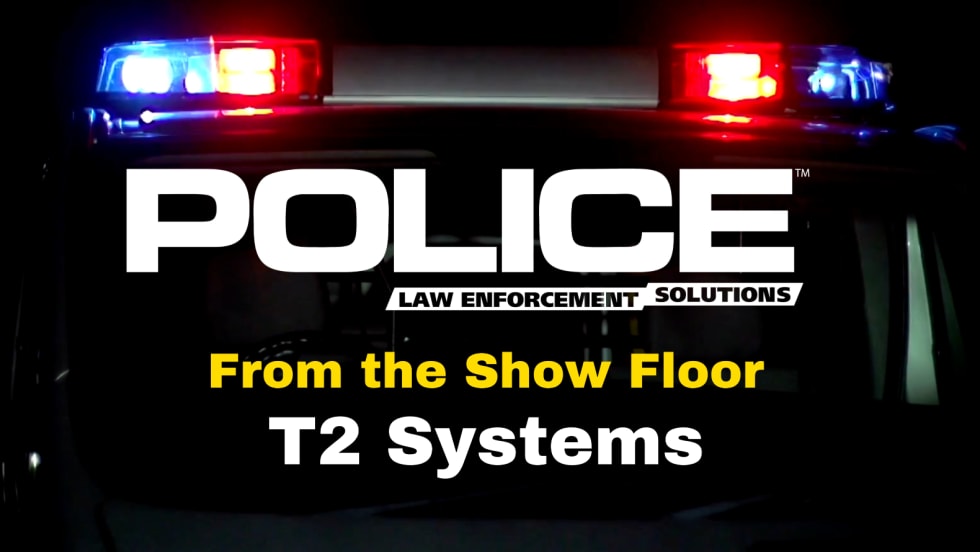"Every arrest must be presumed to present a risk of danger to the arresting officer. There is no way for an officer to predict reliably how a particular subject will react to arrest or the degree of the potential danger. Moreover, the possibility that an arrested person will attempt to escape if not properly supervised is obvious. We hold, therefore, that it is not unreasonable under the Fourth Amendment for a police officer, as a matter of routine, to monitor the movements of an arrested person, as his judgment dictates, following the arrest."
Illinois v. McArthur
During a "keep the peace" call, Tera McArthur told police as she was leaving that her husband Charles had dope inside their trailer house. One officer was sent to get a search warrant, while another waited outside. Charles was detained on the front porch pending arrival of the warrant. When he asked to go inside to get cigarettes and to make phone calls, the officer accompanied him. After the search warrant arrived, a search revealed marijuana and paraphernalia. Charles was arrested and successfully moved to suppress the contraband as the fruit of a Fourth Amendment violation. Again, the U.S. Supreme Court reversed:
"McArthur reentered simply for his own convenience, to make phone calls and to obtain cigarettes. The police officers had probable cause to believe that the home contained contraband, which was evidence of a crime. They reasonably believed that the home's resident, if left free of any restraint, would destroy that evidence. In our view, the restraint (permitting reentry conditioned on observation) met the Fourth Amendment demands."
A home may not normally be entered merely because a resident has been arrested outside. However, if the person asks to be allowed back inside temporarily, officers have a right to accompany him, in order to prevent escape, possible arming, or the destruction of evidence.












